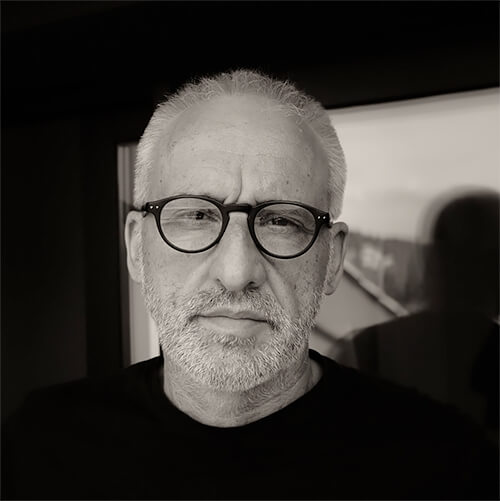Jaume Llorens, born in Porqueres, near Girona, has been passionate about photography since his teenage years. Though he began exhibiting his work later in life, his artistic journey has quickly gained recognition on the international stage. His work is characterized by a deep, contemplative connection with nature, where silence and observation shape his artistic vision.
His poetic project Gaia, inspired by this reflective approach, earned him the
December 2023 Solo Exhibition.
We asked him a few questions about his life and work.
All About Photo: Can you give a little background about yourself and how you got started in photography?
I was born in 1966, am married, and have 22-year-old twin children. I studied psychology in Barcelona, but I don't practice. I earn a living as a web designer. I started photography in my teenage years, around the age of 16. We had a short course at high school, and I loved it. Later, I took a distance learning course to learn the technical aspects and how to develop black-and-white photos. Together with a group of friends, we developed our photos in a modest darkroom I had set up at my parents' house.
How did photography become your medium? What inspired you to pick up a camera?
It was during that course I mentioned. I must have had some interest before, but the course sparked my curiosity and made me want to learn more.
What was some of your earlier work like? What inspired you then?
Wow, that was a long time ago! I used to photograph what was closest to me—my surroundings, the lake. I also remember enjoying taking photos of my grandmother, who lived with us at home. She was a wonderful person, but Alzheimer’s was gradually taking her away, little by little. I guess, in a way, I wanted to stop time to avoid witnessing her decline.
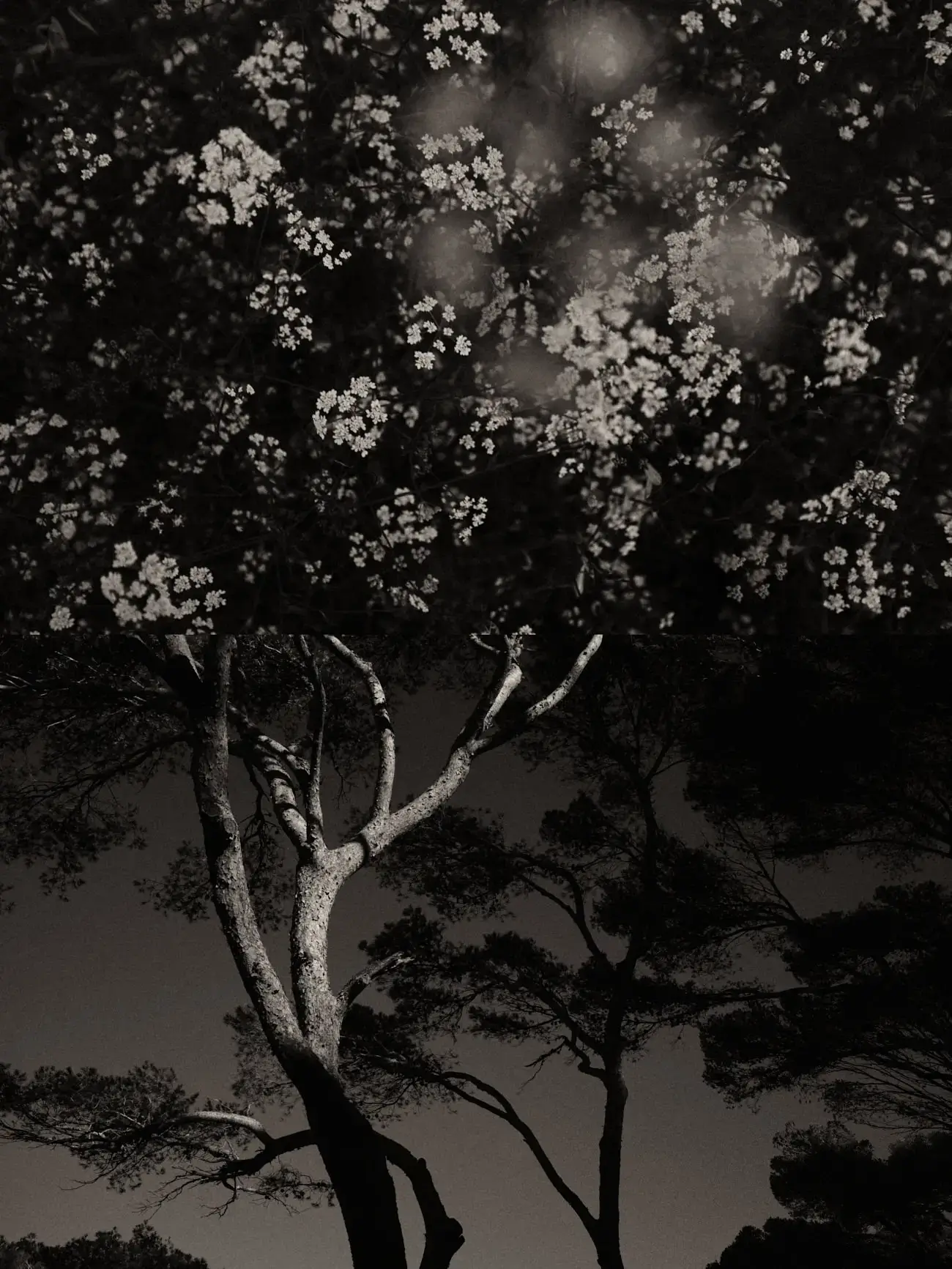
Diptic 108 © Jaume Llorens
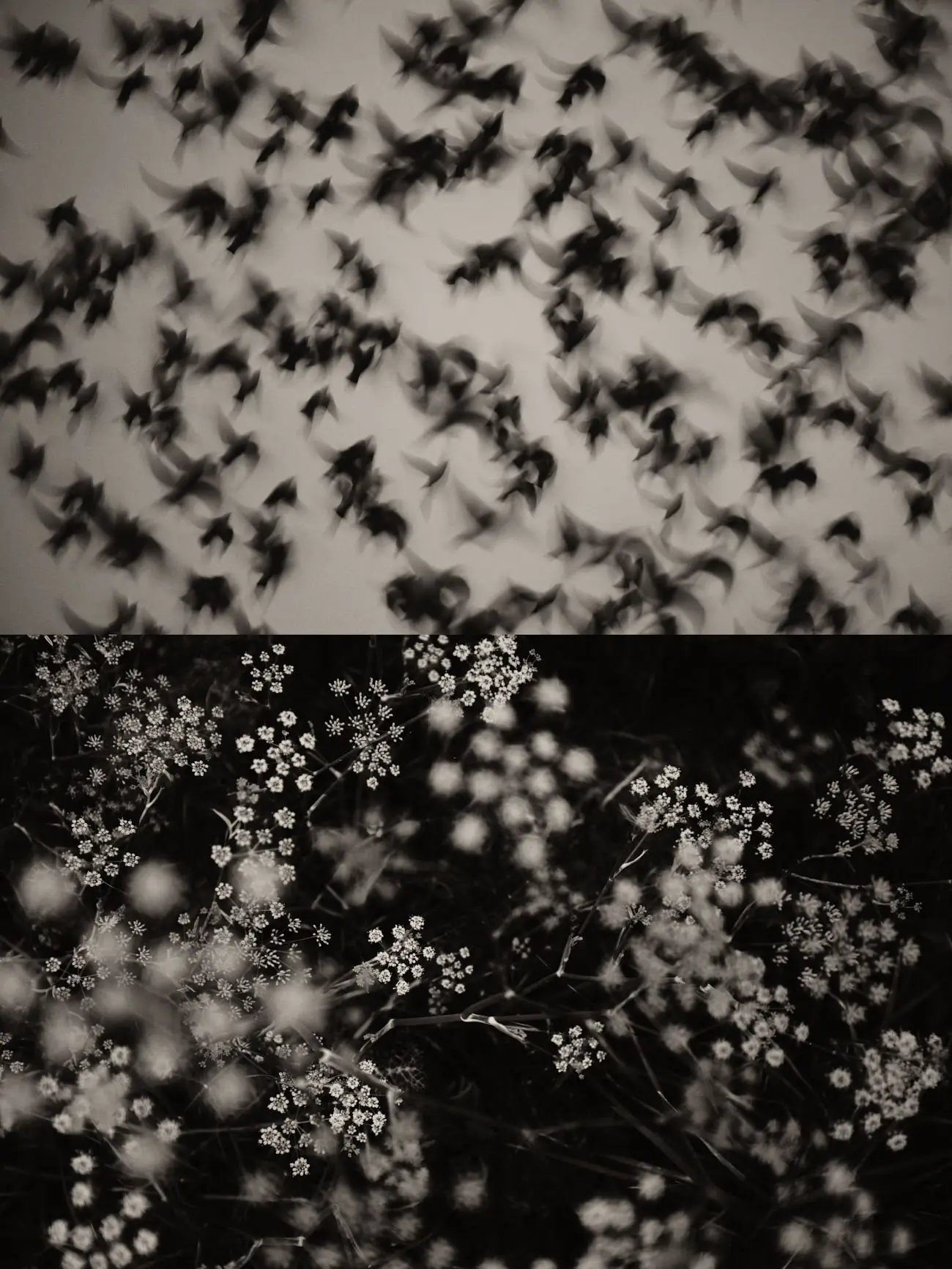
Diptic 045 © Jaume Llorens
Nature is my constant subject. It’s where I feel most at ease and think I can connect more deeply with my surroundings—where I feel like I am nature, too. And that’s a perception we’ve collectively lost over the past few generations, ever since we established this absurd dualism between the human species and the rest of the natural world as if we weren’t part of nature. This mindset needs to be broken somehow if we’re to restore balance to the planet, which is now more threatened than ever. I believe we’re more likely to respect something we see ourselves as part of rather than something we view merely as an endless resource to exploit.
Do you think that photography can help raise awareness about Climate Change?
It should, indeed. Beyond communication, photography is a tool for reflection that can bring topics for debate and awareness into the public sphere. No doubt about it.
You use diptychs to create new, balanced realities in your work. Can you share the creative process behind combining two photographs into a single, harmonious piece?
I go through my archive searching for images that have the potential to be combined with others, and then I start a process of trial and error to form pairs. I take one image and juxtapose it with many others to see if any kind of connection emerges between them.
Whether they resonate, echo one another, complement each other, mimic, or balance each other out... any perceptible link. Or even if the link isn’t fully perceptible but is somehow felt intuitively. All the pairs where this happens are set aside. I let them rest for a few days and then revisit them. If the pair still works as a cohesive whole, it becomes a candidate to be shown.
Ralph Gibson’s concept of the “Overtone” plays a role in your work. How do you interpret this idea, and how does it influence the way you approach your compositions?
I understand Ralph Gibson's ‘visual overtones’ as something akin to what happens in music. When you play a chord, more than one note is struck simultaneously, and the result isn’t just the sum of two sounds. It becomes a new sound—richer and more complex. The same applies to images. When you place two images together, a third image emerges—something that transcends the sum of its parts and takes on new meanings. It’s a new creation, often more profound and evocative than either image could ever be on its own.
Not only that, but each image within the diptych can take on a different meaning than it would have on its own. A cluster of white flowers placed on top of a wave might transform into a starry sky over the sea. I find it extraordinary that such a simple device can hold so much magic.
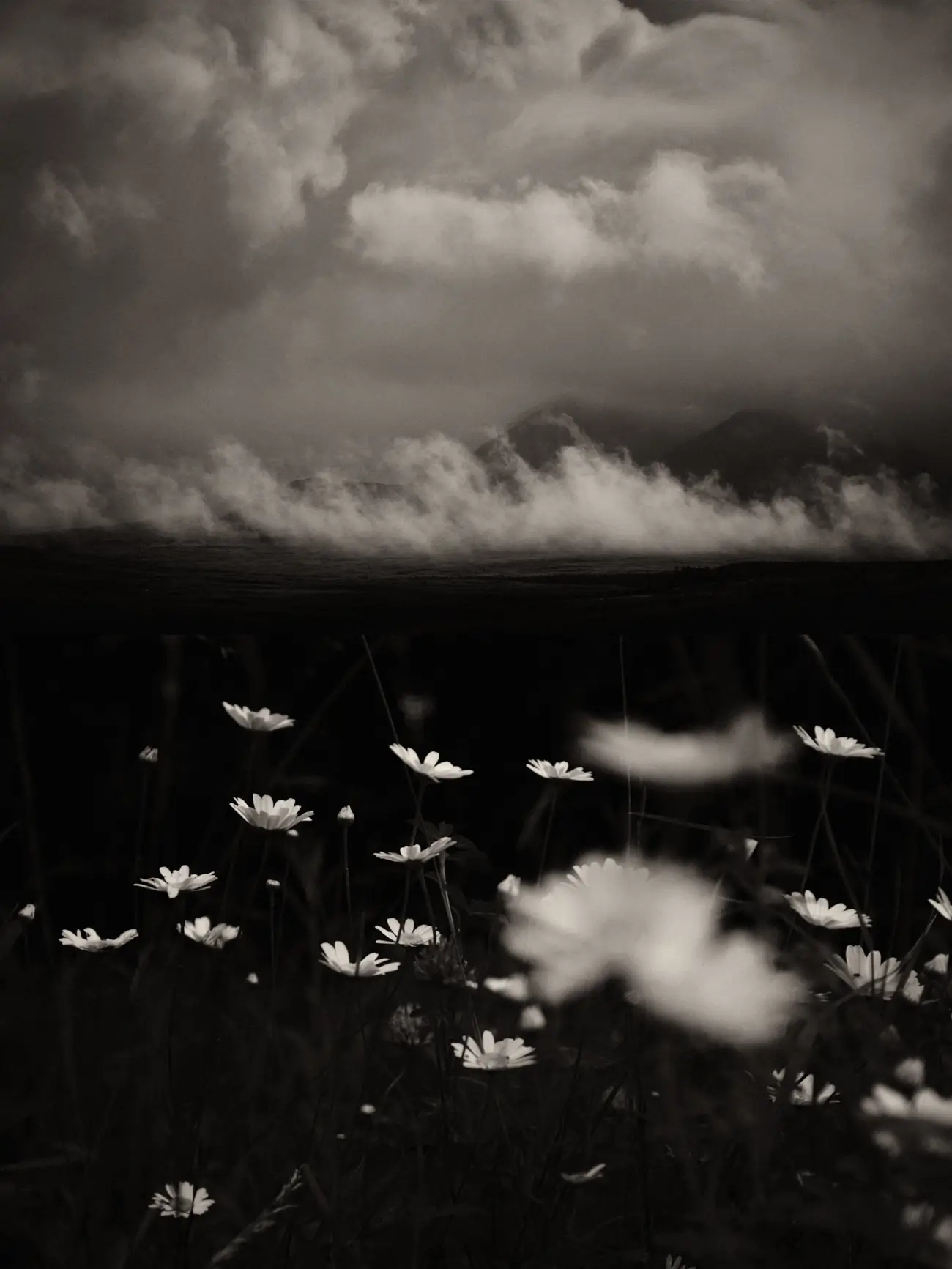
Diptic 081 © Jaume Llorens
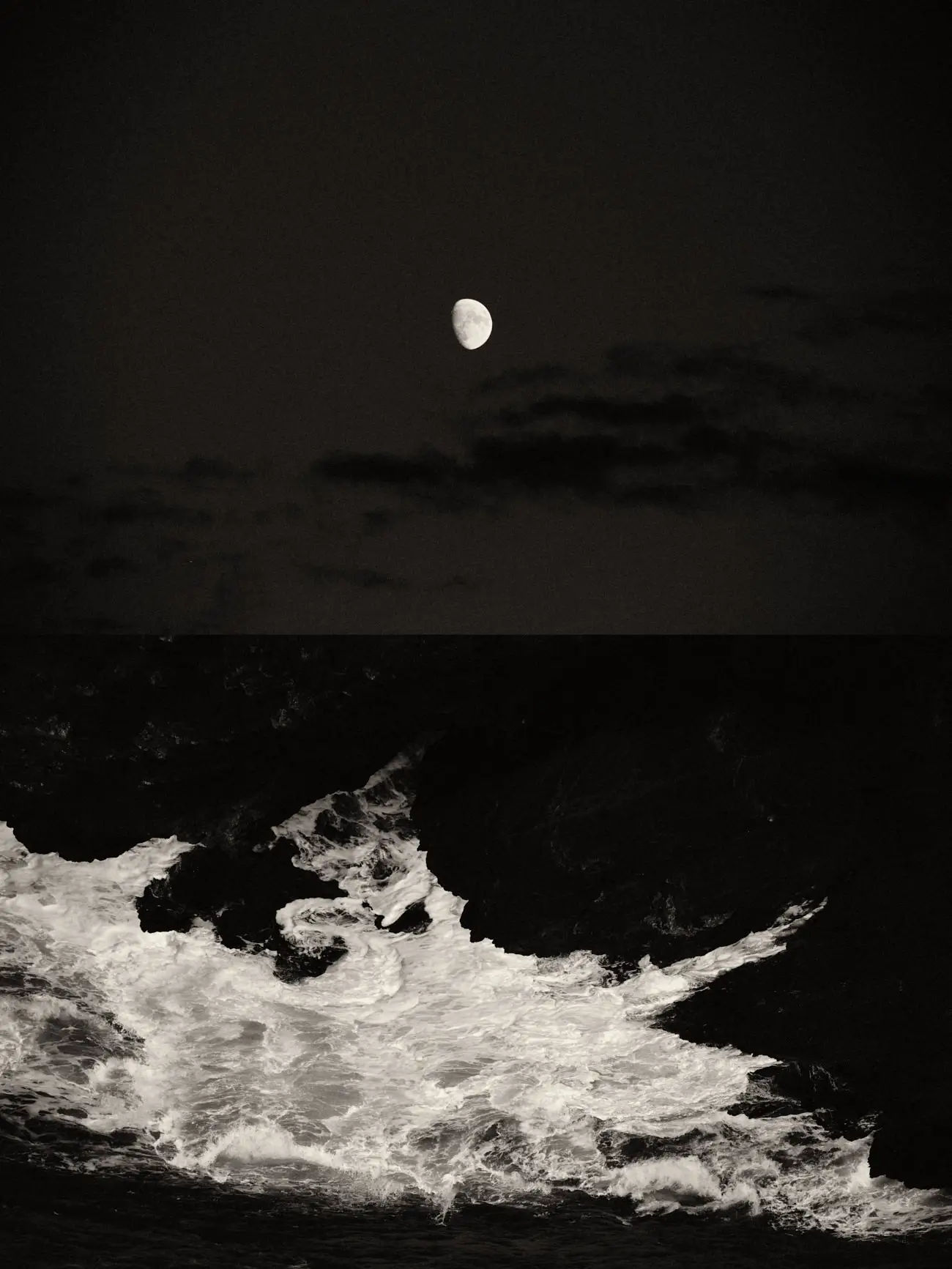
Diptic 101 © Jaume Llorens
Well, that’s my intention—whether I succeed is another matter. And I don’t think I could tell you how I decide what to leave out. When I take the photo, it’s a very intuitive process. But yes, I do think an image is always more engaging if it leaves space for the viewers to complete it, to see a little beyond what is evident. If you explain everything, you don’t allow them to actively participate in the process. And the viewer’s gaze is essential to completing the work.
Your work is often described as having a contemplative and intimate approach to nature. How do you create space in your photography for viewers to connect with the emotions you want to evoke?
An intimate and contemplative approach allows you to feel the rhythms of nature more intensely. It lets you hear everything it whispers—things you might otherwise overlook. In these conditions, I believe you become more receptive. This includes the emotional aspects as well. Some scenes deeply move me. I can’t explain why, but there’s a kind of resonance, an inner echo that connects with a personal experience. When that happens, I take the photo, hoping that some viewers might relive the same connection or that it might evoke a different one based on their own experiences and emotions.
How does your local environment influence your photography, and in what ways does it shape the meaning or mood of your images?
My primary source of inspiration is nature, and I’m fortunate to have it so close at hand. The city where I live grows alongside a lake. It’s incredibly easy to head out on foot or by bike and find yourself in the middle of a natural space. I couldn’t tell you exactly how this influences the meaning or mood of my photographs, but you’d probably agree that we’ve all felt, at some point, the peace that comes from standing in front of a still body of water or a silent forest. Perhaps some of those feelings find their way into my images.
You’ve spoken about celebrating the beauty and magic of nature. Are there particular moments or places that consistently inspire you in your work?
I’d say any moment when I can be alone, in silence, surrounded by nature—by the lake, in the forest, by the sea... Especially in the early morning or at dusk. There are a few beech forests not far from here, where, if you’re lucky enough to spend a few hours alone, you start to feel as if you’re in some kind of temple. There’s something transcendent in those moments that you can sense. I suppose it’s tied to the deep joy of feeling part of this greater whole.
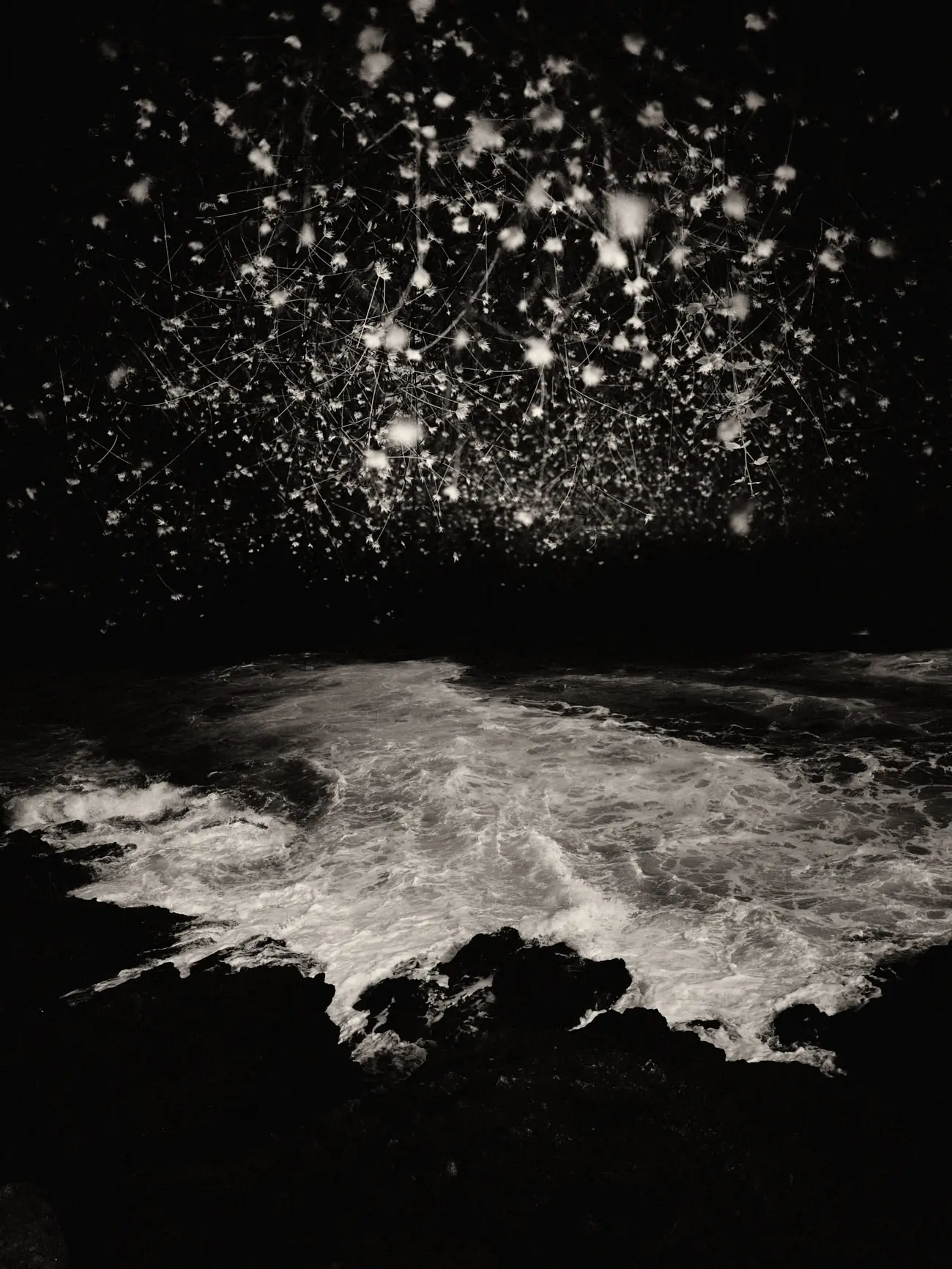
Diptic 107 © Jaume Llorens
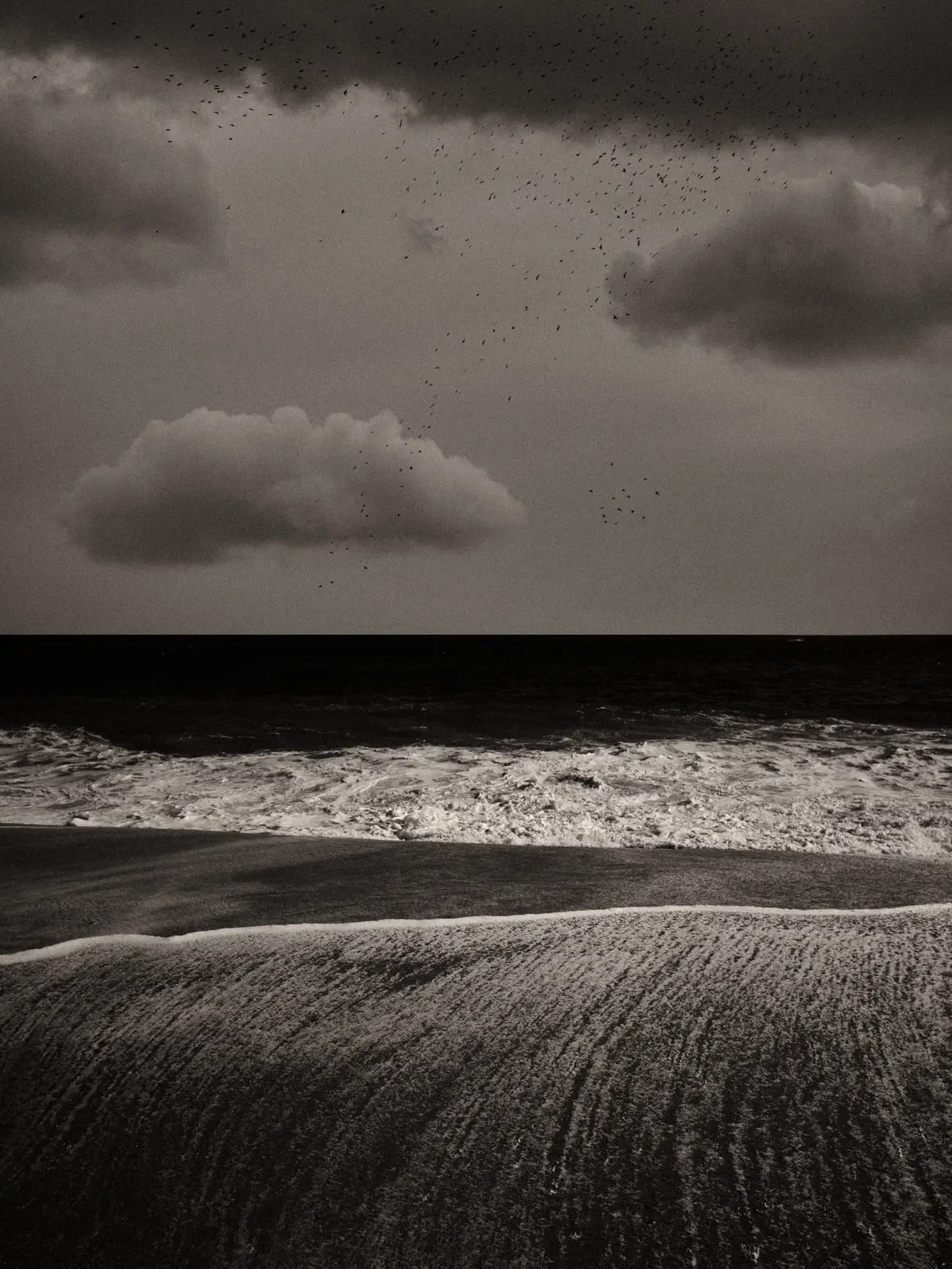
Diptic 117 © Jaume Llorens
I see it as a precious gift. It completes a circle of communication with someone I don’t even know, someone who takes a moment to engage with my work, not only connecting with it but also enriching it by dressing it in poetry.
Why only black and white?
I think it’s because it helps me simplify—to speak plainly. It also removes a layer of information, which can lead to more open-ended proposals, leaving more room for interpretation. But perhaps what I like most about black and white is that it places you slightly to the side of reality, which is, of course, in color. And that interests me. Being able to create scenes that feel slightly unreal is far more engaging and rewarding than merely describing a reality that’s already familiar to everyone.
What equipment do you use?
Right now, I use a Fujifilm GFX 50S II and a very battered X100F, poor thing.
Do you spend a lot of time editing your work?
I spend very little time editing the files. I only make a few basic adjustments and hardly ever crop them. Where I do invest more time, in the case of diptychs, is in finding pairs that work well together.
What advice would you give someone who would like to become a photographer today?
Honestly, I think I’m more in a position to receive advice than to give it. But I’d probably share the same advice that’s been given to me: stay true to what you’re looking for, shoot as often as you can—every day, if possible—and live life fully because every experience adds to the journey.
Favorite(s) photographer(s)?
I would mention Josef Sudek, Saul Leiter, Toni Catany, Yamamoto Masao, Albarrán y Cabrera, Paul Cupido, Miho Kajioka, and Sayuri Ichida.
What are your upcoming projects?
I have an ongoing series that I’m not sure where it will lead me. It’s currently called “Mirrors,” though that might change. If you're curious, you can see it on my
website. These are diptychs in which I explore what happens when you pair an image with its negative. They are imperfect mirrors, much like the organic symmetries in nature.
I also have another idea in mind, but it’s still too early to talk about it. I need more time.
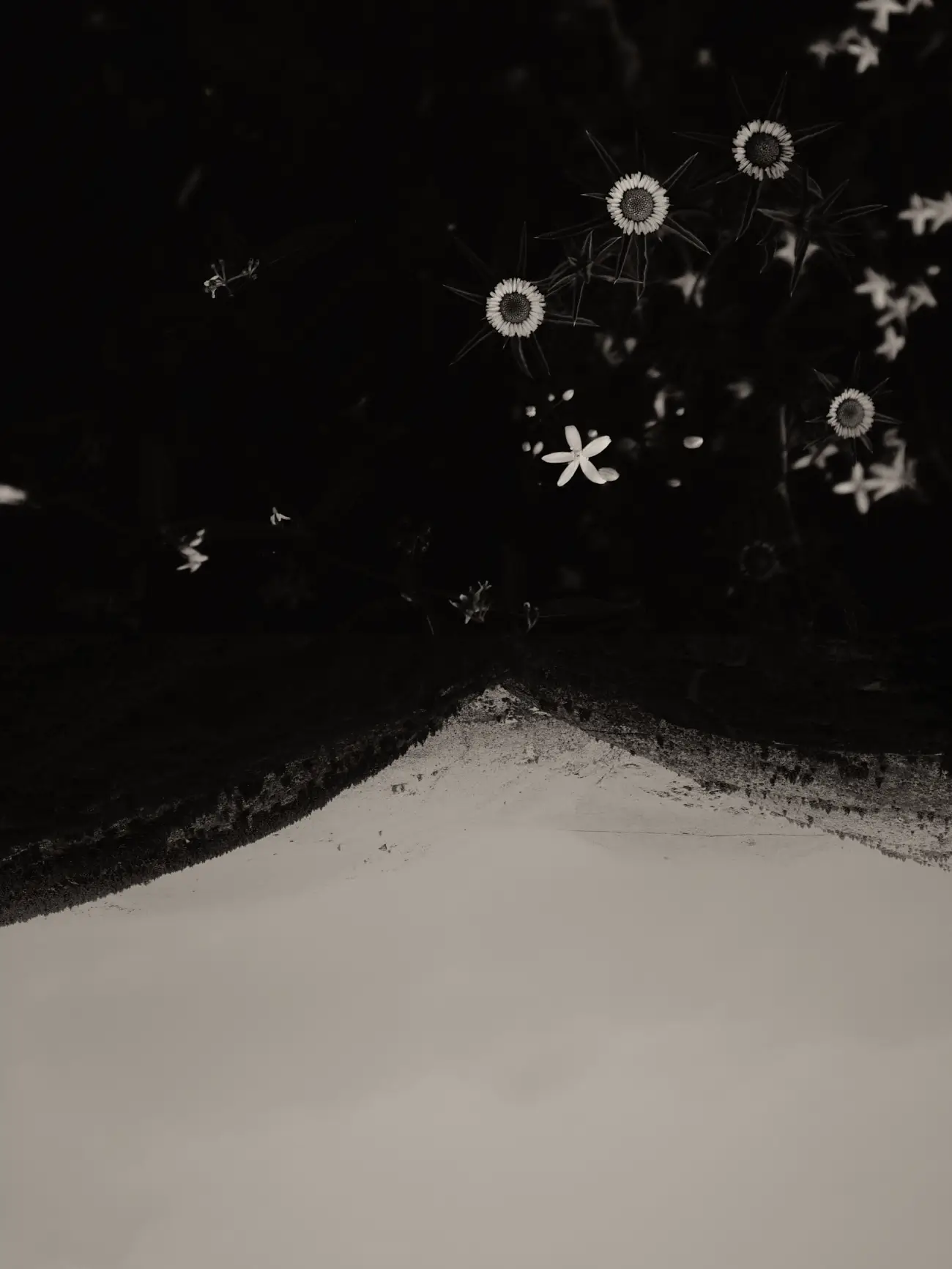
Diptic 128 © Jaume Llorens
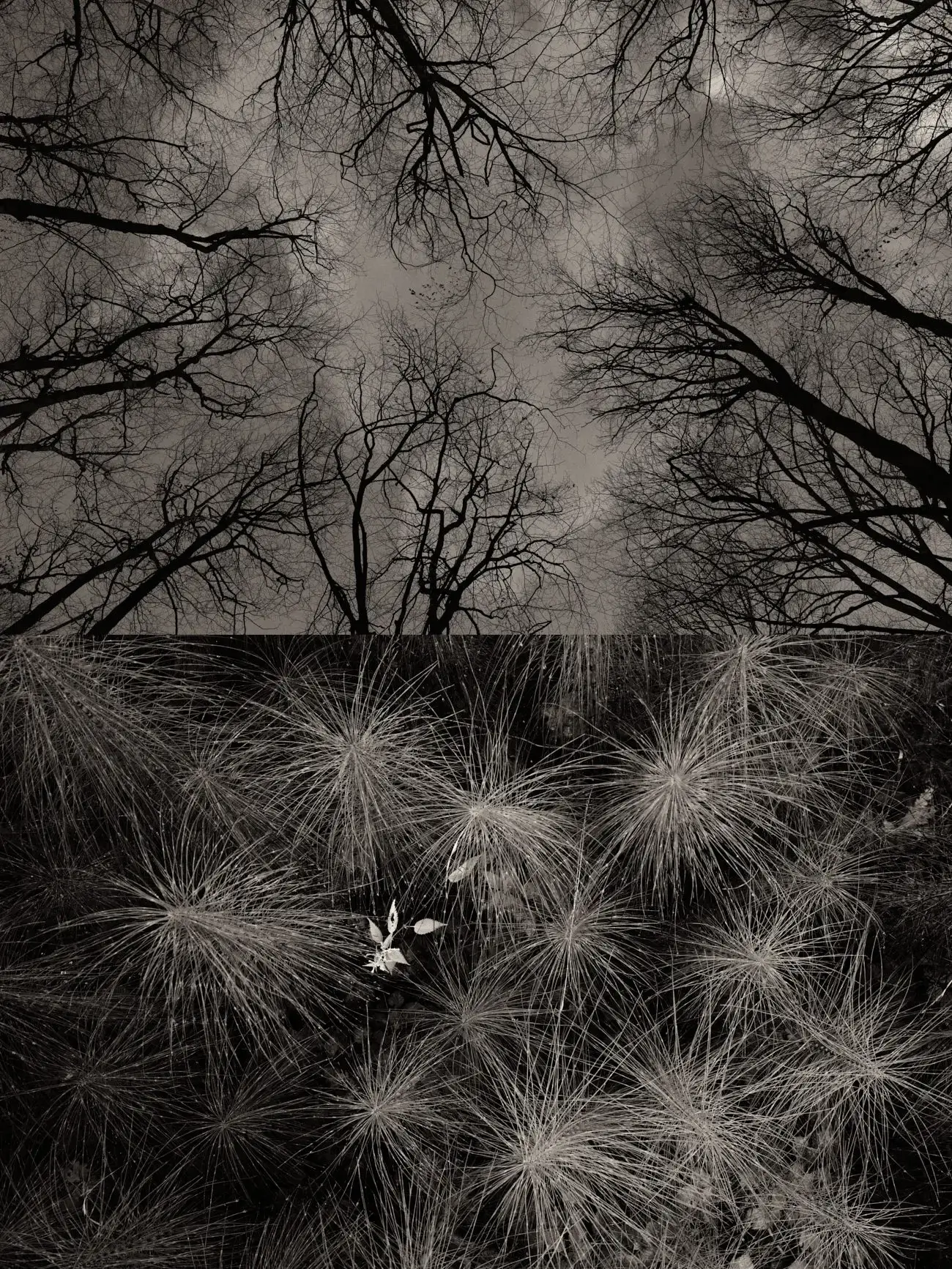
Diptic 158 © Jaume Llorens
I don’t have a very clear opinion on it yet. A completely new world has opened up, with what seems to be enormous potential. And I don’t think it’s just another tool for creating, at least when we’re talking about artistic photography. It is a tool, yes, but one that participates in the creative process in an autonomous, proactive way—an instrument with its creative capacity. Maybe we’ll see wonderful works that we wouldn’t have been able to reach otherwise. But the credit won’t belong to the artist anymore. I don’t know, it’s all very uncertain. We’ll have to keep an eye on it because, if anything seems clear, it’s that we’ll have to coexist with it, and it could profoundly change our lives.
Anything else you would like to add?
Thank you so much for your interest and for giving me this opportunity. I’m truly grateful for the warm reception some of my photos have received and for the encouragement I often get from people I’ve never met but who connect with my work. That kind of support means a great deal to me, and I deeply value it.
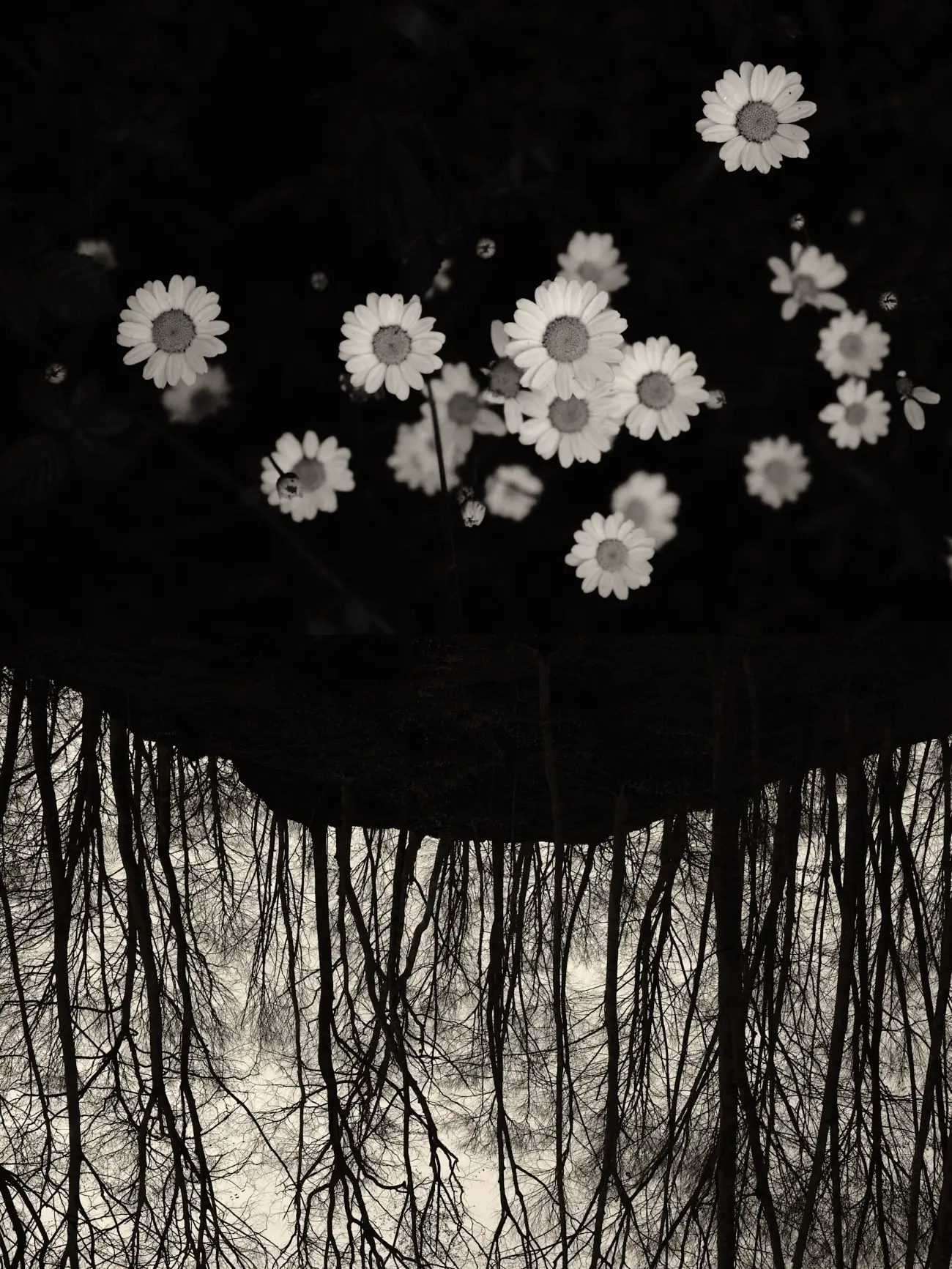
Diptic 163 © Jaume Llorens
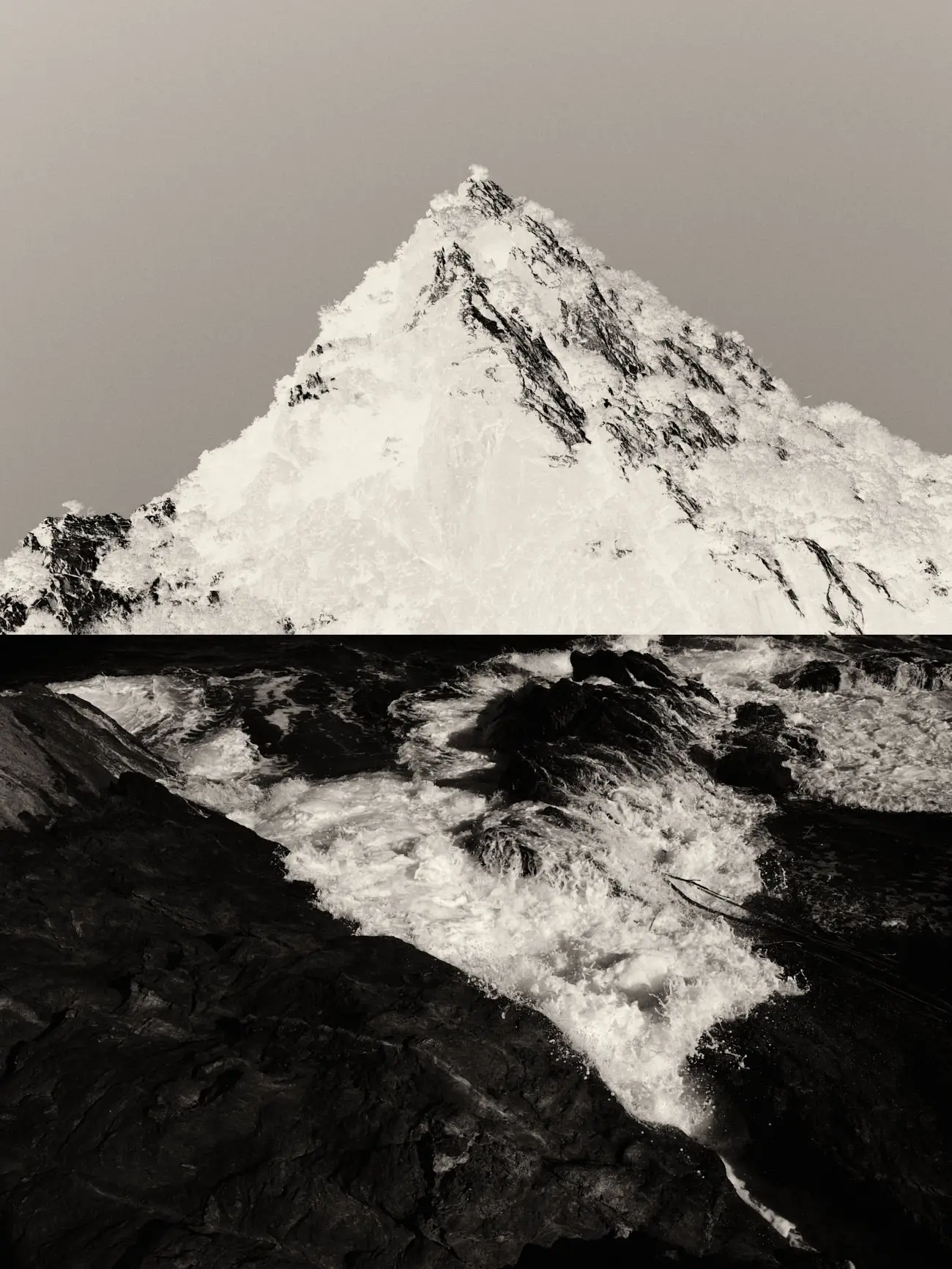
Diptic 176 © Jaume Llorens
